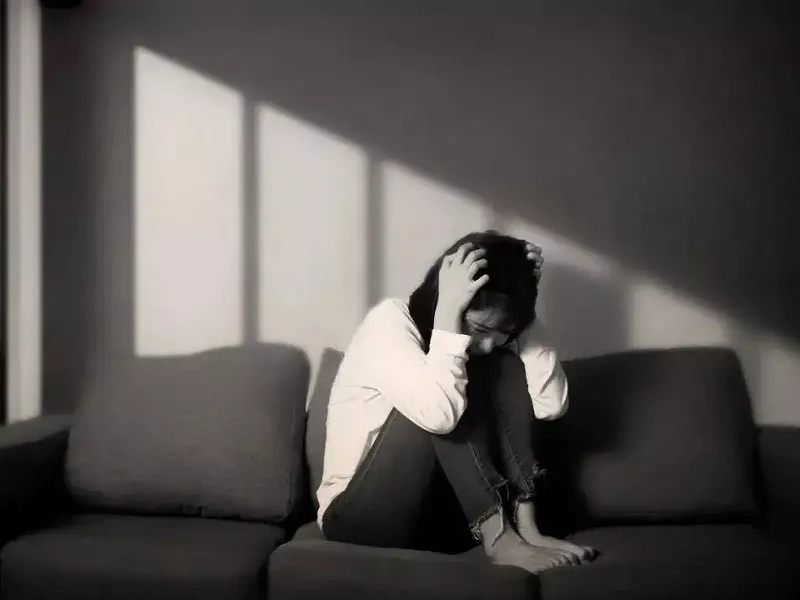Depression, like a medical disease, is also a disease. Generally speaking, 4-5 people out of every 100 people may suffer from this disease in their lifetime. According to the survey, there is a gender difference in the prevalence of depression, and the prevalence of females is twice that of males. The age of onset is 21-50 years old, and the young and the elderly are the two peak populations.
10 Steps to Control Deep Depression
Step 1. When you are depressed, pay attention to your thoughts and ideas.
Step 2. Seek help when you need it, don’t suffer silently.
Step 3. List the steps to complete one thing, complete it step by step, and give yourself affirmation and encouragement for each completed step.
Step 4. Know your own limits and limitations, but don’t pursue perfection too much and don’t be too demanding of yourself. Focus on imperfect but happy experiences.
Step 5. Take note of your idea to better clarify it.
Step 6. Pay attention to the themes of your depression (eg, approval seeking, shame, unhappy relationships, unrealistic ideals, perfectionism) and challenge them as you find them.
Step 7. Use rational/sympathetic thinking to challenge your own ideas. The more you sympathize with yourself, believe in yourself, and let go of the idea that you are bad and worthless, the more likely you are to recover from the illness.
Step 8. Make an effort to identify those typical depressive beliefs, paying particular attention to the way you evaluate and identify yourself. Beware of the internal tormentor, because it can only sink you, not help you out of depression.
Step 9. Challenge negative ideas. Your brain may deceive you, but you have to convince another part of your brain that you can do something well and establish new and effective behavior patterns. Be mentally prepared for difficulties, setbacks and failures.
Step 10. Participate in more useful activities, even if these activities can only bring you short-lived small happiness.




























